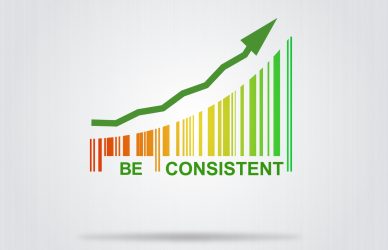Introduction
User research is a critical step in product design. It ensures that design decisions are based on real user needs rather than assumptions. Designers can create intuitive, functional, and user-friendly products by understanding user behavior, pain points, and preferences.
Here’s a step-by-step guide to conducting effective user research for product design.
- Define Your Research Goals
Before conducting research, establish clear objectives to ensure your efforts are focused and effective.
Key Questions to Ask:
Who are the target users?
What problems are they facing?
How do they currently interact with similar products?
What improvements would make their experience better?
By defining your research goals early, you can choose the proper methods and collect relevant insights. - Choose the Right Research Methods
There are various user research methods, and selecting the right one depends on time, budget, and research goals.
a. Qualitative Research: Understanding User Behavior
User Interviews: One-on-one conversations to understand users’ experiences and challenges.
Usability Testing: Observing users as they interact with a product to identify usability issues.
Field Studies: Watching users in their natural environment to understand real-life product usage.
b. Quantitative Research: Gathering Data at Scale
Surveys & Questionnaires: Collecting insights from many users to identify patterns.
Analytics & Heatmaps: Using data tracking tools (like Google Analytics Hotjar) to analyze user behavior.
For the best results, qualitative and quantitative methods must be combined to understand users completely. - Recruit the Right Participants
Choosing the right participants is essential to gathering relevant insights.
How to Find the Right Users:
Target Audience Matching: Ensure participants fit your product’s user persona.
Diverse User Base: Include a mix of new, experienced, and potential users.
Avoid Bias: Don’t rely only on existing customers—including people with different perspectives.
Recruit participants through email lists, social media, user communities, or research platforms. - Conduct & Document Your Research
Once you start user research, focus on capturing meaningful insights that can inform product decisions.
Tips for Effective Research:
Use open-ended questions to encourage detailed responses.
Observe user interactions to identify patterns and pain points.
Record interviews or usability tests (with permission) for deeper analysis.
Store research findings in a shared document or a tool like Notion, Airtable, or Miro for easy team access. - Analyze & Apply Your Findings
Once the research is complete, analyze the data to identify key takeaways.
Steps to Interpret Research Data:
Look for common patterns in user feedback.
Prioritize key issues that impact user experience.
Translate insights into actionable design improvements.
Work closely with designers, developers, and stakeholders to implement user-driven changes.
Conclusion
Effective user research helps designers create products that genuinely solve user problems. By defining clear goals, selecting the proper methods, engaging the right participants, and analyzing insights, you can make informed design decisions that enhance the user experience.
Product design becomes a more user-centered and impactful process by continuously iterating based on actual user data.
#UserResearch #ProductDesign #UXDesign #DesignThinking #CustomerExperience




